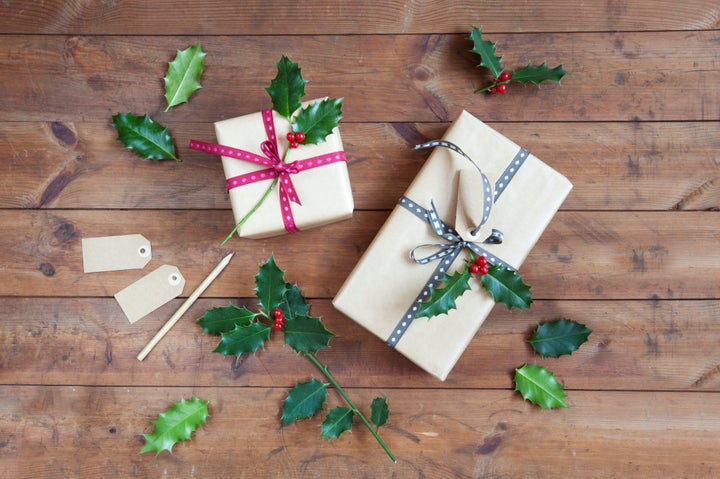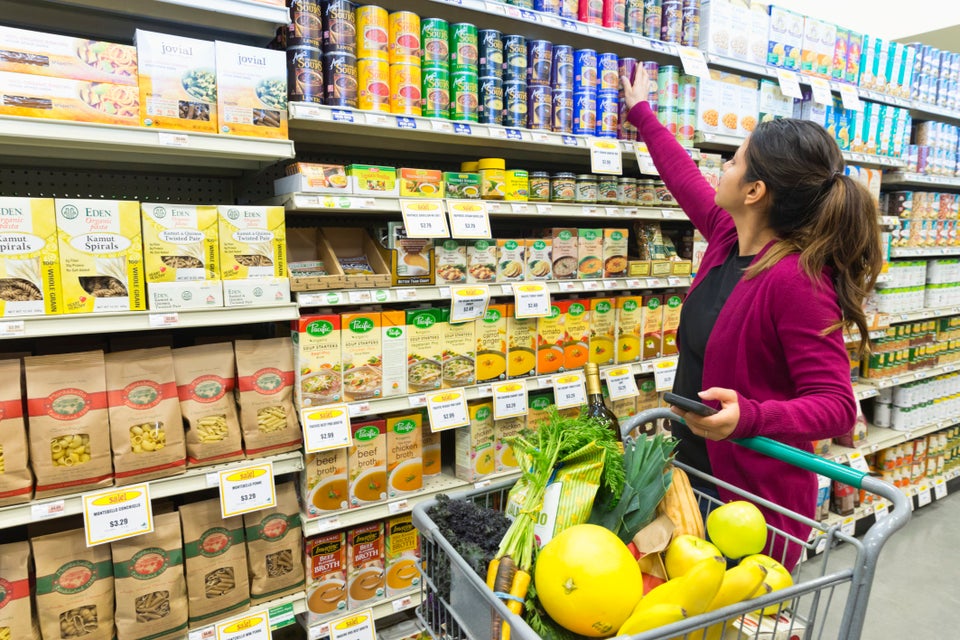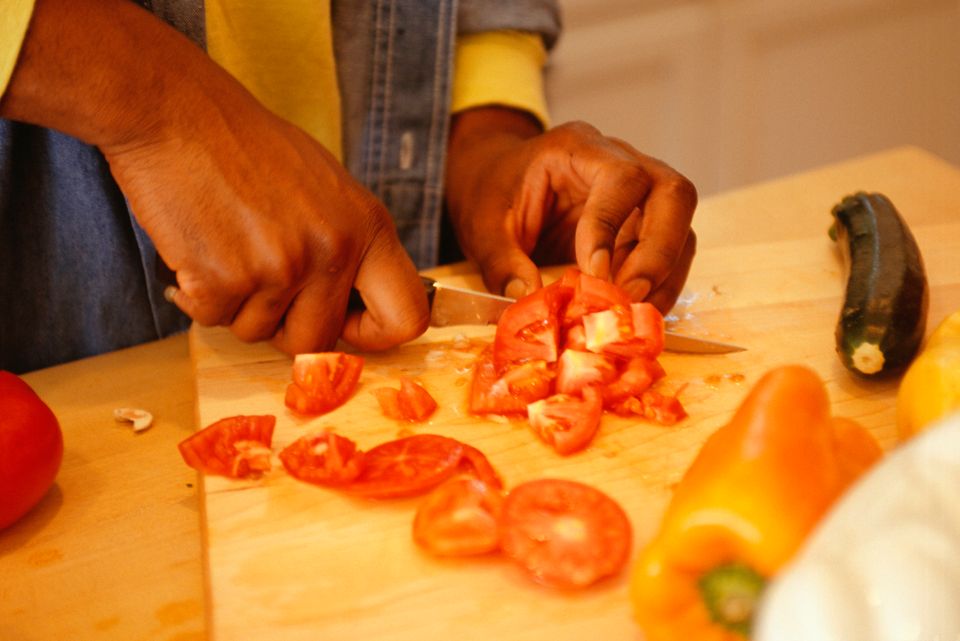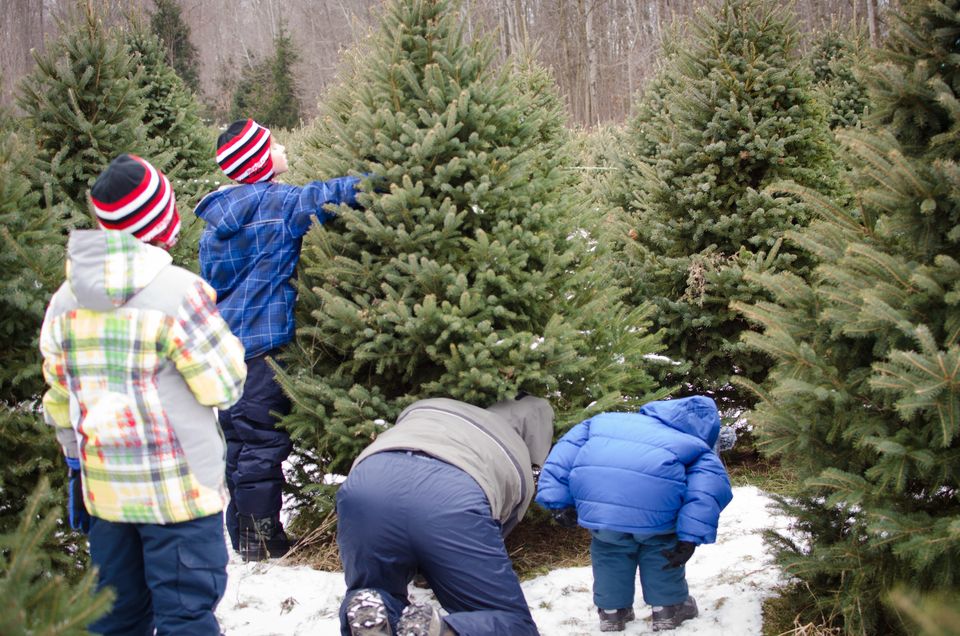
This article is part of HuffPost’s Reclaim campaign, an ongoing project spotlighting the world’s waste crisis and how we can begin to solve it.
People create an insane amount of garbage over the holidays, but they don’t have to.
From the ridiculous quantities of food prepared for a holiday feast, to the huge pile of gifts placed under the tree, a lot of stuff gets bought for December festivities, only to be unceremoniously tossed by New Year’s.
Americans generate about 25 percent more household waste between Thanksgiving and New Year’s than the rest of the year, according to the United States Environmental Protection Agency. That’s about 1 million extra tons of trash.
In the spirit of holiday goodness, here are a few ways to be less wasteful:

When grocery shopping, pre-plan your list to make sure you don’t over-shop. If you have some vegetarians, opt for a smaller turkey. If there are a lot of kids, try making something picky-eater-friendly, like mashed potatoes.
Most of all, prepare food that makes for good leftovers: There’s nothing like a cold turkey and cranberry sandwich. But day-old fondue? Not so much.






Instead, regift it to someone else, or just donate it to your local Goodwill.

With games like Secret Santa or White Elephant, each person walks away with only one gift. Secret Santa presents tend to be selected with the specific recipient in mind, and White Elephant lets players trade gifts with the group for something else they want.

Fake trees are often made of toxic, non-recyclable materials and will end up in landfills once they’re tossed. What’s more, the vast majority are imported from China, meaning they have a major carbon footprint from shipping.
If you get a real tree, make sure you buy local and dispose of it correctly: Experts recommend replanting or recycling it. If you’re lucky enough to live in an eco-friendly city like San Francisco, you can just leave it by the street and it will get recycled. In New York City, you can bring it to select city parks to get it recycled into mulch to nourish other plants.
More stories like this:
- Americans Waste A Ridiculous Amount Of Turkey At Thanksgiving
- Restaurants Officially Have No Excuse Not To Donate Leftover Food
- A Whole New Kind Of Grocery Store Is Coming To The U.S.
- This Guy Spends $2.75 A Year On Food And Eats Like A King
- Genius Solid Shampoos Use No Plastic Packaging By Leaving Out Water
- Meat Eaters Should Have Been Listening To Vegetarians All Along

